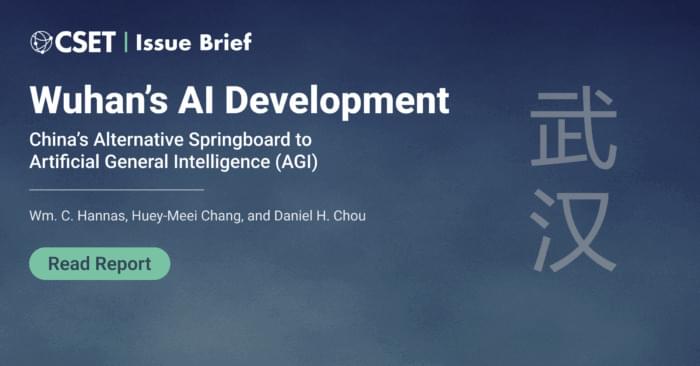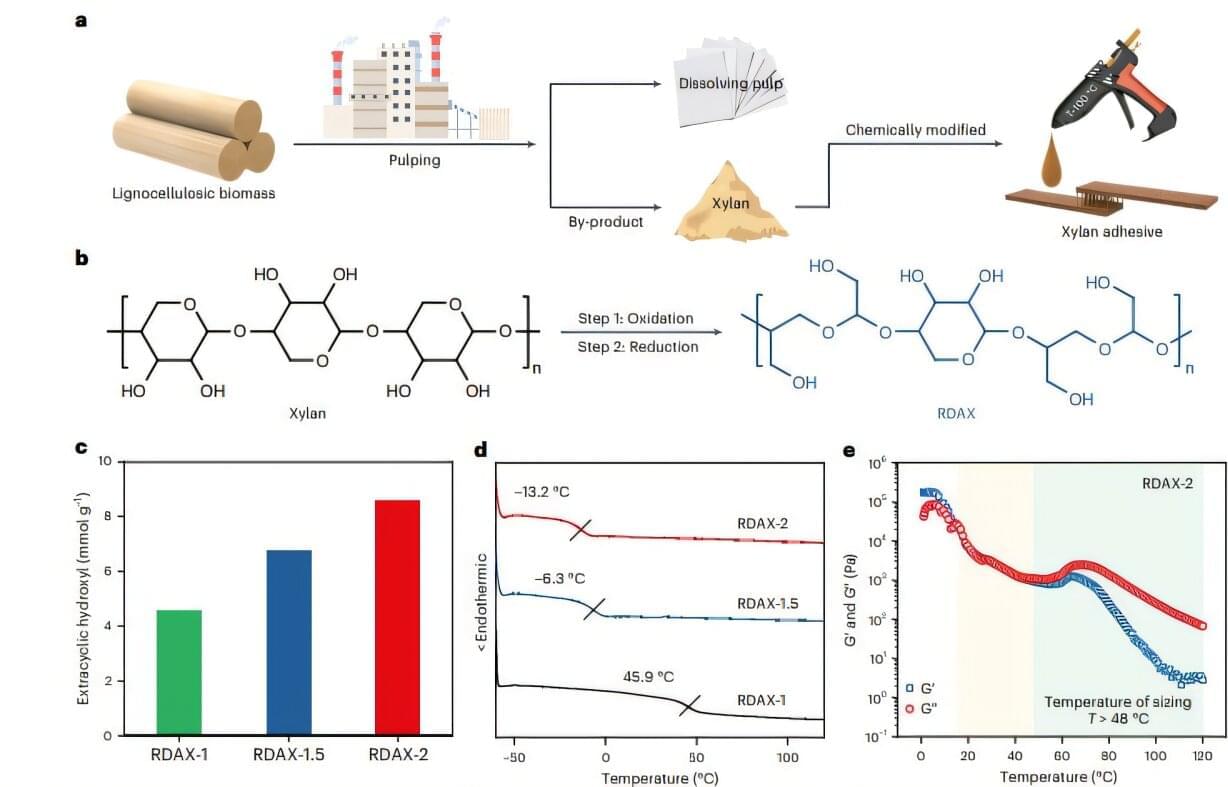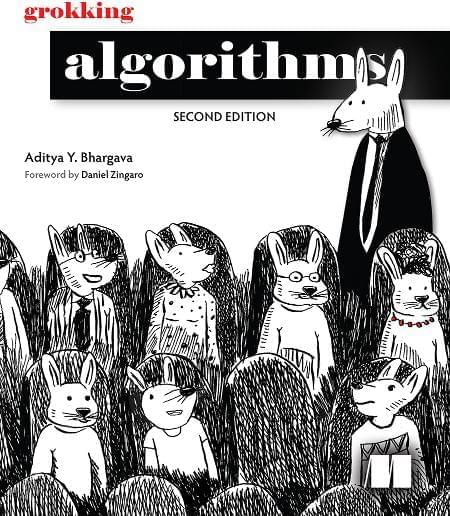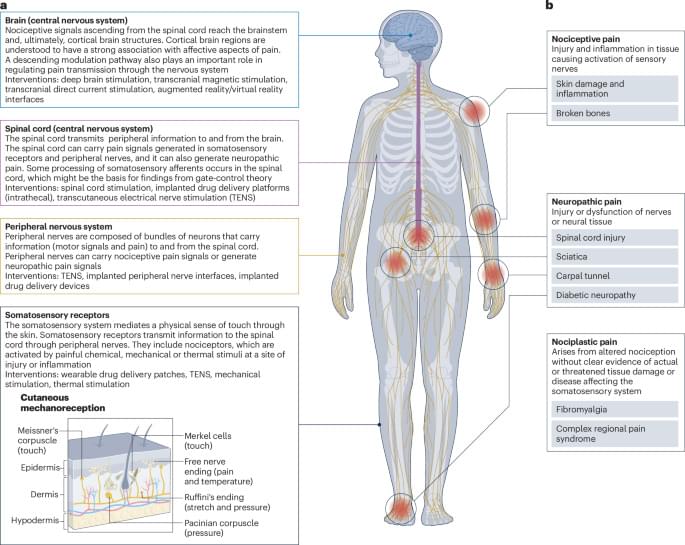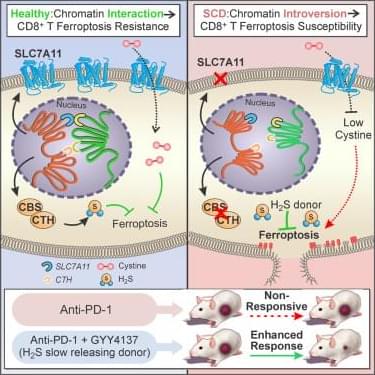Koenigsegg founder Christian Von Koenigsegg may be responsible for amazing supercars, but he gets around on a daily basis in a humble Toyota GR Yaris
Wuhan, China’s inland metropolis, is paving the way for a nationwide rollout of “embodied” artificial intelligence meant to fast-track scientific discovery, optimize production, streamline commerce, and facilitate state supervision of social activities. Grounded in real-world data, the AI grows smarter, offering a pathway to artificial “general” intelligence that will reinforce state ideology and boost economic goals. This report documents the genesis of Wuhan’s AGI initiative and its multifaceted deployment.
A new bio-based hot glue derived from a byproduct of the wood pulp industry beats traditional epoxy resins and commercial hot-melt glues in terms of adhesive performance.
Researchers from Beijing Forestry University developed a hot-melt adhesive derived from xylan—a complex sugar found in plant cell walls—that can be applied in a molten state and reused over 10 times without any loss of its original strength.
The synthesis strategy was reported in Nature Sustainability.
Artificial intelligence (A.I.) has recently become a buzzword in so many aspects of our lives, but it has been used to some degree in health care for a while. One area of health care where A.I. has made significant strides is the diagnosis and treatment of prostate cancer.
“We are just at the tip of the iceberg of utilizing A.I. for prostate cancer,” says Dr. David D. Yang, a radiation oncologist with Harvard-affiliated Brigham and Women’s Hospital and Dana-Farber Cancer Institute. “So far, it has been shown to help improve the care for men with prostate cancer in limited, yet effective ways.”
An algorithm is a set of instructions for accomplishing a task. Every piece of code could be called an algorithm, but this book covers the more interesting bits. I chose the algorithms in this book for inclusion because they’re fast, or they solve interesting problems, or both. Here are some highlights:
Dr Keith Siew, one of the study authors, says, “Nobody really likes talking about death, even cell death, which is perhaps why the physiology of death is so poorly understood. And in a way necrosis is death. If enough cells die, then tissues die, then we die. The question is what would happen if we could pause or stop necrosis.”
“Necrosis remains one of the last frontiers in medicine – a common thread across aging, disease, space biology, and scientific progress itself,” adds Dr Carina Kern, lead author of the study.
Necrosis occurs when cells are overwhelmed by injury, infection, or stress. The process floods cells with calcium, disrupting vital functions and causing the cell to rupture. This sudden collapse spills toxic molecules into surrounding tissue, triggering inflammation and accelerating damage.
Pain is a profound and unresolved health challenge, and current interventions are not sufficient for safe and effective pain management. Bioelectronics presents solutions for monitoring the symptoms of pain and treating these symptoms in a targeted manner.
How sickle cell disease suppresses antitumor immunity.
Sickle cell disease (SCD) have a higher risk of developing certain cancers than the general population, but the mechanisms driving this increased risk remain unclear.
SCD inhibits CD8+ T cell function in the tumor microenvironment, potentially affecting cancer immunotherapy.
The researchers reveal that SCD alters the 3D genome architecture of CD8+ T cells, triggering ferroptosis and impairing antitumor response resulting in reduced expression of anti-ferroptotic genes, including SLC7A11 and hydrogen sulfide (H2S) biogenesis genes, thereby increasing susceptibility to ferroptosis.
They also demonstrate that hydrogen sulfide treatment rescued SLC7A11 expression, mitigated ferroptosis and enhanced immune and anti-tumor responses, thereby offering new avenues for precision immunotherapy in patients with inherited disorders. https://sciencemission.com/Sickle-cell-disease
Sickle cell disease (SCD) inhibits CD8+ T cell function in the tumor microenvironment, potentially affecting cancer immunotherapy. Zhao, Hu, Deng, et al. reveal that SCD alters the 3D genome architecture of CD8+ T cells, triggering ferroptosis and impairing anti-tumor responses, which can be reversed by hydrogen sulfide treatment, offering new avenues for precision immunotherapy in patients with inherited disorders.

